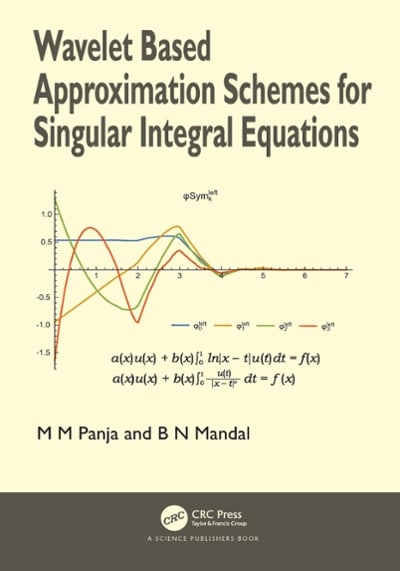Berthoud has a very strong research branch - the Lavoisier Medical Research Institute or Lavoisier Institut de Recherche Medicale (LIRM), where renowned scientists, including one Nobel Prize winner, work side by side with young and enthusiastic recent university graduates. The scientists from the LIRM came up with two revolutionary ideas responding to the challenges of immunotherapy. They started developing a medication (let us call it drug A as the true chemical name is very long) that is supposed to be at least as efficient as existing types of immunotherapeutic medications, but much less expensive and therefore available to most patients. Meanwhile, another group at the LIRM are working on drug B (let us call it this), which will be expensive still, but is based on new principles and is expected to be extremely efficient with minimum side effects. Both research directions need a lot of funding, but they could generate a huge profit for Berthoud. Drug B would potentially become more profitable for the company than drug A, but drug A research has a higher likelihood of being completed within 1-2 years. At this point, the company has some financial difficulties and cannot fully support these LIRM projects. Therefore, the company's research teams are going to apply to the famous Hirschmann Scientific Foundation, known to be very generous when it comes to anticancer research. According to the rules, however, the foundation will consider only one project, so the company is facing a dilemma: to go ahead with project A or project B if they want to apply for funding. Each project has an estimated cost of $60 million, and the foundation can cover half of it. The rest will be invested by the company. At this point the management think that they have an 80% chance to get support from Hirschmann Scientific Foundation if they submit the project A proposal and a 70% chance to get support from Hirschmann Scientific Foundation if they submit the project B proposal. If the company's proposal is rejected or not submitted for whatever reason, then Berthoud will continue to produce existing immunotherapeutic medications instead of developing new ones. Not necessarily, every promising idea ends up in success. If funding is received for drug A, then, realistically speaking, the detailed forecast would look like this: Outcomes for drug A research Probability Profit/Loss ($ millions) Great success 0.20 500 Moderate success 0.10 200 Some success 0.30 50 No success 0.40 - 100







